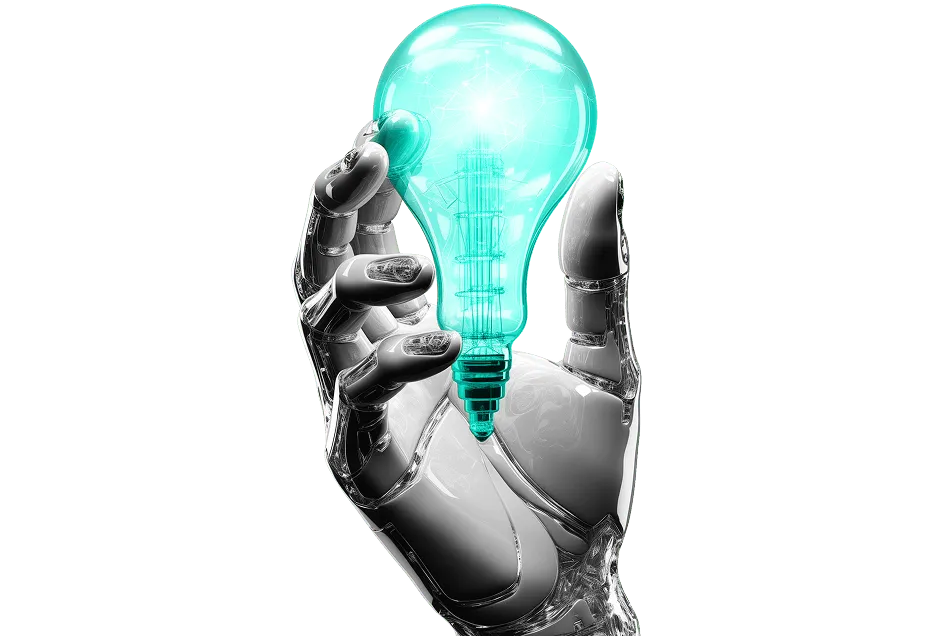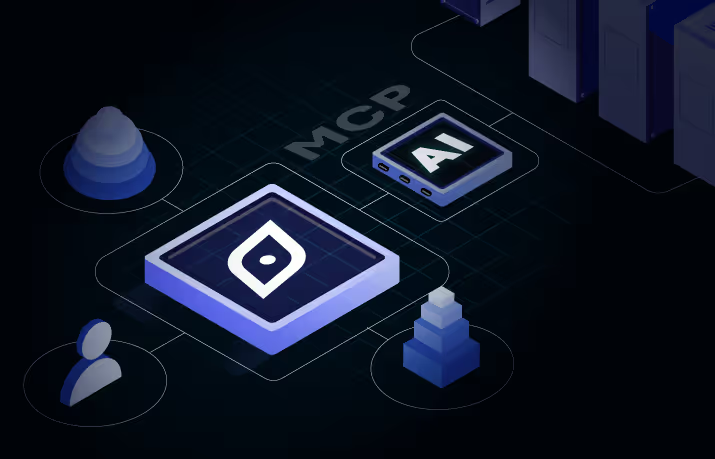How Labor Market Data Helps Identify and Develop High-Quality Talent Pipelines
In 2025, 73% of companies face challenges in building high-quality talent pipelines due to widening skill gaps, high competition, and rising talent costs. A major factor contributing to this is a lack of access to up-to-date talent intelligence.
Having access to such data on talent intelligence can help workforce planning teams extract insights to:
- Study industry and workload-level emerging skill trends
- Capture location-level workforce insights
- Extract role/skill-level peer compensation insights
These insights help organizations build resilient talent pipelines that drive mission-critical business outcomes.
Use Talent Intelligence to Study Industry and Workload-Level Emerging Skill Trends
With 39% of core skills expected to change by 2030, HR leaders developing a talent pipeline need to first study the industry’s skill pathway based on emerging and declining trends. This helps determine the most in-demand technical and soft skills across peers and competitors.
Using advanced AI talent intelligence platforms, organizations can analyze real-time global labor market data to:
- Track skill emergence velocity across industry segments with greater accuracy than traditional methods
- Predict skill half-life timelines to prioritize reskilling and upskilling investments
- Quantify skill adjacencies to identify high-potential internal mobility candidates
- Measure skill premium values in compensation packages across competitor talent markets
- Detect early signals of disruptive skill shifts 6-18 months before mainstream adoption
For example, HR leaders at a cloud technology company using predictive labor market analytics identify an emerging demand for specialized NLP and generative AI skills fourteen months before competitors. Their analysis reveals not just isolated skills but entire skill clusters forming around AI engineering roles, indicating a significant increase in hiring velocity within their competitive landscape.
This talent intelligence empowers HR leaders to build a high-quality talent pipeline by proactively upskilling and reskilling their workforce to align with future skill demands. Simultaneously, they can develop strategic recruiting campaigns for specialized NLP and generative AI talent, securing top candidates ahead of the competition.
Capture Location-Level Workforce Insights Using AI Talent Intelligence
With 74% of employers facing or anticipating talent shortages in traditional markets, HR leaders are turning to AI-driven labor market data to assess talent availability, hiring competition, and cost-efficiency at a location-specific level. These insights help organizations identify and develop talent pipelines strategically.
By leveraging AI-driven talent intelligence, enterprises can:
- Map talent density heat zones with neighborhood-level precision for specialized skills.
- Identify “hidden gem” markets with high-quality talent at 30-45% lower acquisition costs.
- Measure remote work adoption rates by role and industry to refine distributed workforce strategies.
- Track competitor hiring trends at the role and skill level to tap into high-quality talent pipelines.
For example, a San Francisco-based cloud IT service provider primarily serving EU-based clients discovered that Warsaw’s cloud engineering talent pool is 81% larger and 34% less utilized than in the Bay Area. This insight into talent availability and hiring competition makes developing a high-quality talent pipeline significantly easier.
By integrating real-time AI-powered talent intelligence, HR leaders can develop a data-driven talent pipeline and make strategic hiring decisions. These insights provide a competitive edge in talent acquisition while optimizing workforce strategies based on location-specific trends.
Extract Role-to-Skill-Level Peer Compensation Insights
Just as competitive compensation is key to attracting and retaining talent, role-to-skill-level compensation intelligence enables data-driven benchmarking for a competitive edge. By benchmarking pay and benefits against industry peers, HR leaders can refine their talent pipeline strategies to attract top candidates while maintaining cost-efficiency, ahead of their peers.
Role and skill-level compensation intelligence enables HR leaders to analyze median base pay, stock options, and other benefits at a location-specific level. Unlike traditional compensation models tied to job titles, skill-based compensation rewards employees for their expertise, competencies, and specialized skills. By leveraging real-time talent intelligence, organizations can refine salary structures to ensure fair, competitive, and strategically positioned pay packages strengthening their talent pipeline.
For example, AI-powered labor market data reveals that the median base pay for cloud engineers in Warsaw is just 12% of the San Francisco Bay Area cost. This insight enables HR leaders to benchmark compensation strategically, attracting high-quality talent in cost-effective locations. By offering competitive pay, the company strengthens its talent pipeline and enhances its position as a top employer in key markets.
By combining workforce-level talent intelligence, location intelligence, and compensation insights, HR leaders can identify new talent pools and explore cost-efficient locations for remote or hybrid teams. This data-driven approach ensures competitive hiring decisions while optimizing workforce costs.


























.svg)



.svg)





.svg)
